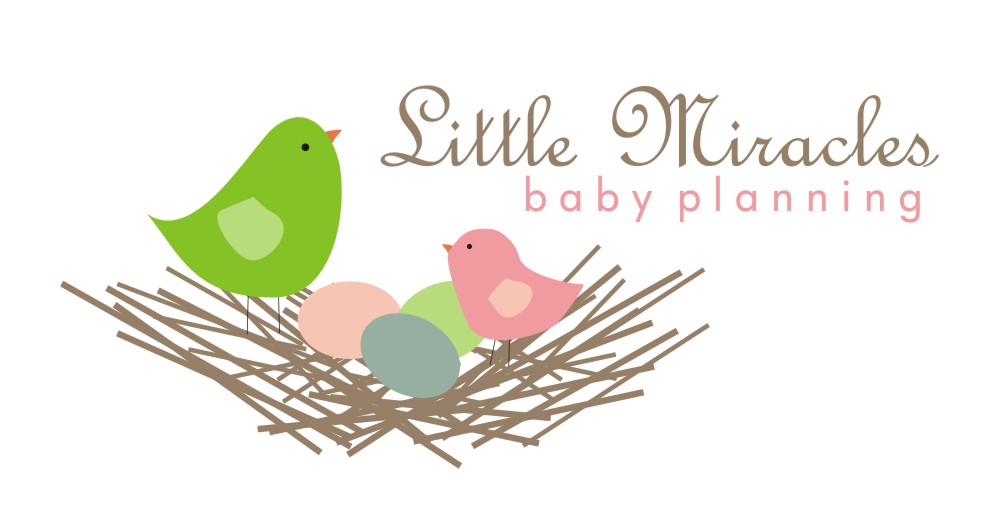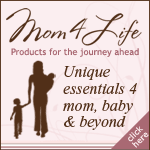
The BRITAX FRONTIER 85 SICT Combination Harness-2-Booster Seat offers excellent safety features, multifunction capability, and an adaptable design to keep your child safe and comfortable for years to come. The seat serves as a forward-facing harnessed seat for children up to 85 pounds, and as a belt-positioning booster seat for children up to 120 pounds. The Frontier 85 SICT is designed to provide the ultimate in safety for high capacity car seats. Loaded with comfort and convenience features, such as an easy-remove cover, comfort foam, integrated cup holders and fixed armrests, the Frontier 85 SICT is the ideal seat for your child graduating from their convertible car seat without compromising safety.
In my opinion: the Cadillac of booster seats! This seat has all the safety features of a convertible seat but can hold a child of just about any size after 25 lbs. In fact, this seat can hold ME! So it’s PERFECT for car pool, sharing rides with kids of varying ages and sizes.
The features I always recommend people look for when shopping for a car seat, whether infant, convertible, or booster, are 1) safety, 2) ease of installation and use and 3) car compatibility. The safest car seats are not the most expensive, they are the seats that are installed correctly in your car. However, not all car seats are made the same, and Britax has been making car seats for over 70 years and is the leader in safety. A trusted name for sure!
You may ask, “When do I move my child to a Booster seat?” Good question! A booster seat is a type of child restraint that does not typically have a five-point harness system, but rather rely on the vehicle seat belt system to keep your child restrained. The booster seat elevates your child so that the vehicle seat belt is positioned properly over your child. Booster seats should be used in the rear vehicle seat with a lap and shoulder seat belt system, never a lap belt-only.

However, the Frontier 85 and Frontier 85 SICT are a combination seat that starts out as a forward facing seat with a 5-point harness, and then transforms into a belt-positioning seat. You should keep your child in a 5-point harness as long as possible, as it is much safer than a lap belt alone.
Designed with advanced technology to keep children protected and in a five-point harness for as long as possible, the FRONTIER 85 SICT Combination Harness-2-Booster Seat helps safely graduate children who are at least two years old and weigh at least 25 pounds from their convertible car seats. By removing the harness, the FRONTIER 85 SICT is easily converted to a booster seat for older children who are at least 4 years old and 40 pounds.
Some other features of the Frontier 85 sict:
- Side Impact Cushion Technology features energy-absorbing cushions on the exterior of the child seat to reduce side impact crash energy by 45 percent
- True Side Impact Protection distributes crash forces, shields from vehicle intrusion, and keeps the head, neck, and spine aligned to limit injury
- Versa-Tether features a staged-release tether webbing that minimizes forward movement in a crash by anchoring the top of the child seat at two points
- Adjustable five-point harness ensures a safe, snug fit for children up to 85 pounds
- Tangle Free, Five-Point Harness with 10 harness height positions (up to 20") and three buckle positions for a snug and secure fit as your child grows
- Compatible with SecureGuard which works with the vehicle safety belt in booster mode to prevent the child from sliding under the lap-belt portion of the safety belt during impact, thus minimizing the risk of abdominal injury (accessory sold separately)
- Quick-Adjust, No-Rethread Harness repositions the harness shoulder height without disassembling the harness straps
Age/Weight Requirements:
Two years and 25 to 85 pounds in harness mode; 40 to 120 pounds in booster mode
I received the Frontier 85 sict for review and I can tell you that my almost four year old son likes riding in it as much as I love the safety features of it! It’s a big seat, no doubt, but sometimes bigger does mean better (when safety is concerned).


.png)






